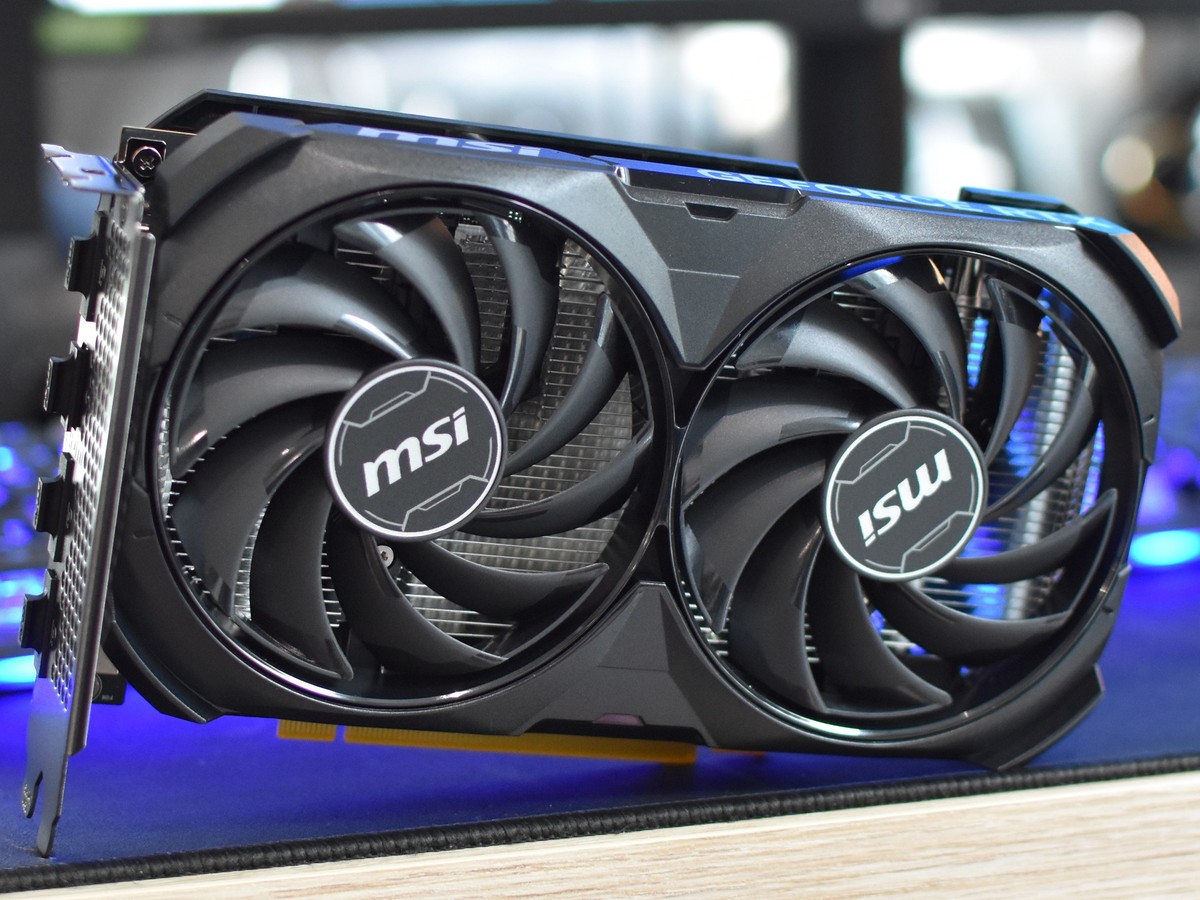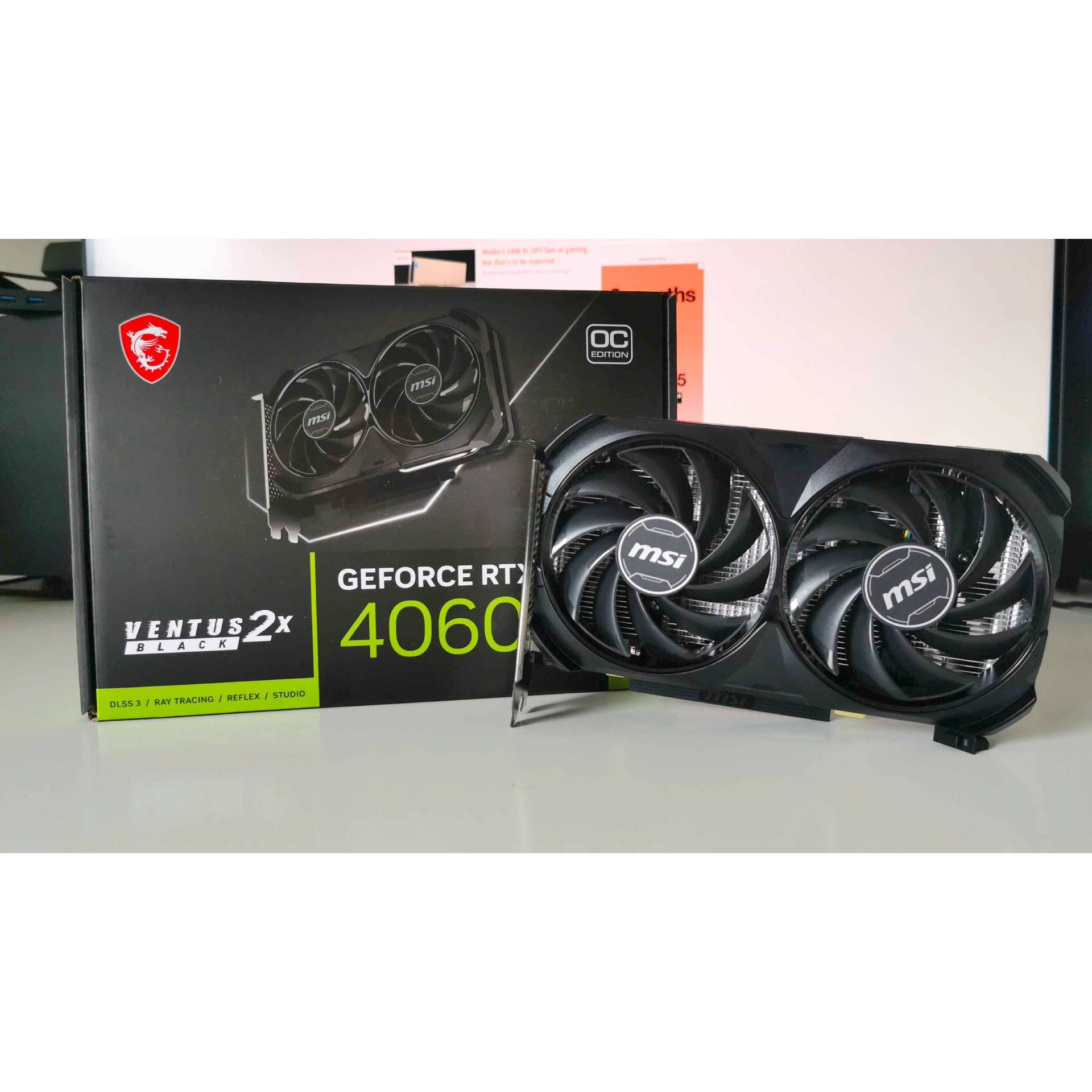Although NVIDIA is not introducing a Founders Edition, we are reviewing the GeForce RTX 4060 8GB MSRP models today. This product targets the mainstream 1080P segment, ideally supported by DLSS3 and Frame Generation technology. The MSRP for the standard 8GB model (non-OC version) is set at.
NVIDIA is broadening its presence in the mid-range and high-volume mainstream market with the launch of the GeForce RTX 4060 series. This series features the GeForce RTX 4060 Ti, equipped with 8 GB of memory, which was released on May 24th. Following this, the GeForce RTX 4060 with 8 GB memory is set to debut in late June, and a variant of the GeForce RTX 4060 Ti with 16 GB memory will be introduced later in July. The pricing for the 8 GB model is set at USD, with a power consumption of 140 watts, delivering performance comparable to the RTX 3060 Ti, along with the added benefit of DLSS 3 frame generation. However, the reliance on DLSS3 for upsampling from lower resolutions to Full HD may result in a loss of quality, raising concerns about NVIDIA’s dependence on this feature for the product’s performance. NVIDIA highlights the competitive pricing of the GeForce RTX 4060, which remains consistent with that of its predecessor, the GeForce RTX 3060 Ti. The performance enhancement between the two models is minimal unless the DLSS 3 frame generator is employed. The GeForce RTX 4060 is powered by the new Ada graphics chip AD107, which is specifically engineered to provide outstanding gaming performance at Full HD resolution. The advanced Ada Lovelace architecture has undergone significant improvements compared to the previous Ampere generation. A key modification in the 4060 series is the reduction of the memory interface to 128 bits, which is offset by an increased level 2 cache within the core. NVIDIA asserts that the 24 MiByte L2 cache significantly decreases access to the graphics memory by over 50 percent, surpassing the earlier standard of 2 MiByte L2 cache with 128 bits. This effectively results in a doubled memory transfer rate. Additionally, the enhanced energy efficiency and broader memory interface contribute to a notable performance increase. However, there are concerns regarding the memory capacity of the GeForce RTX 4060, which is limited to 8 GiBytes. Given that technologies such as frame generation consume graphics memory, a capacity of 12 GB would have been more desirable. While 8 GB is generally adequate for most Full HD games, there are instances where this amount may fall short for an optimal gaming experience.
The RTX 4060 non-Ti graphics processing unit is powered by an AD107-300 GPU, which includes 3072 shader cores and is supported by 8GB of GDDR6 memory linked to a 128-bit memory interface. When contrasted with the Ti version, it possesses 1280 fewer CUDA cores and operates at a reduced memory speed of 17 Gbps, as opposed to the 18 Gbps found in the Ti variant.

| GeForce RTX 4060 Ti 16GB |
GeForce RTX 4060 Ti 8GB |
|
|
| Architecture |
Ada (TSMC 4N) |
Ada (TSMC 4N) |
|
| GPU |
AD106-351 |
AD106-350 |
AD107-400 |
| Shading Cores |
4352 |
4352 |
3072 |
| Boost Clock |
2.5 GHz |
2.5 GHz |
2.4 GHz |
| Memory |
16 GB G6 |
8 GB G6 |
8 GB G6 |
| Memory Clock |
18 Gbps |
18 Gbps |
17 Gbps |
| Memory Bus |
128-bit |
128-bit |
128-bit |
| Memory Bandwidth |
288 GB/s |
288 GB/s |
272 GB/s |
| TDP |
160W |
160W |
115W |
| Interface |
PCIe Gen4 x8 |
PCIe Gen4 x8 |
PCIe Gen4 x8 |
| Release Date |
July 2023 |
May 2023 |
June 2023 |
The GeForce RTX 4060 features a computing capability of 15 TFLOPS, which is approximately 30% less than that of the RTX 4060 Ti, and is equipped with 8 GB of memory operating on a 128-bit interface. In contrast, its predecessor, the GeForce RTX 3060, was released in early 2021 and offered 12 GB of memory along with a 192-bit interface. To offset the reduced memory bandwidth, the 4060 includes an additional L2 cache of 24MB. The memory speed is rated at 17 Gbps, and the thermal design power (TDP) is set at 115 watts. In terms of performance, the GeForce RTX 4060 is expected to surpass the GeForce RTX 3060, particularly with enhanced frame generation capabilities. Let us proceed with the review.


